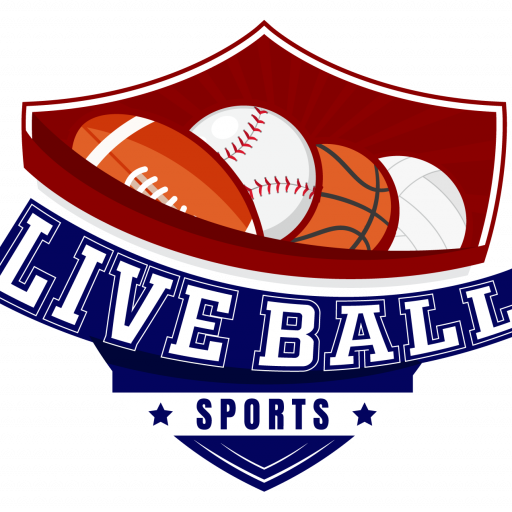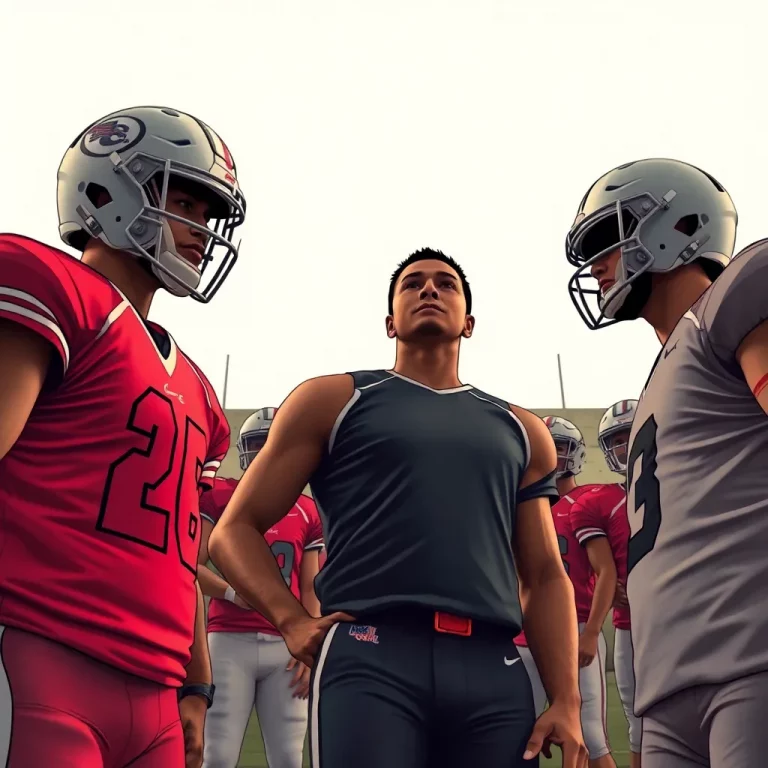In Atlanta, a recent landmark decision is shaking up the world of college sports. A federal judge has approved a massive $2.8 billion antitrust settlement that drastically changes how college athletes are compensated. This agreement allows colleges to pay players directly through licensing deals, challenging the traditional view of amateurism that has been a cornerstone of college sports for years.
Grant House, a former swimmer from Arizona State, was a key figure in this legal battle. He led a group of athletes who challenged the NCAA and its major athletic conferences, arguing that college athletes deserved a share of the revenue they help generate. This settlement now allows schools to pay their athletes for the use of their name, image, and likeness (NIL), effectively ending a long-standing ban on direct payments to players.
Under the new terms, each school can distribute up to $20.5 million in its first year, which accounts for about 22% of their revenue from media rights, ticket sales, and sponsorships. As the landscape of college athletics evolves, this payment structure is expected to create a ripple effect across institutions, driving up costs for fans through increased ticket prices and other fees.
While scholarships and allowances for living expenses have been standard for Division I athletes, many have felt it wasn’t enough compared to the lucrative deals that schools secure. The NCAA reports that its schools provide nearly $4 billion in athletic scholarships annually, but athletes argued that they deserve more given their contribution to college sports.
Recently, since 2021, athletes have been able to receive compensation from third-party sources. The new settlement allows schools to pay athletes directly while still enabling third-party deals. This means some athletes, especially in high-revenue sports like football and basketball, could see lucrative payouts that might reach as high as $2 million annually.
The conferences involved in the settlement, including the ACC, Big Ten, Big 12, SEC, and Pac-12, are establishing a new enforcement arm. This entity will oversee compliance with the new compensation structure and ensure that third-party payments reflect fair market value.
This settlement also includes provisions for back pay, with $2.7 billion earmarked for athletes who competed from 2016 to 2024. This fund will help athletes who were previously denied earnings due to outdated NCAA rules. However, the bulk of the money is expected to favor football and basketball players, which raises concerns about equity among different sports.
Another significant aspect of the settlement is the introduction of roster limits for teams. This policy aims to ensure all eligible players receive full scholarships, a change that could impact non-revenue sports significantly. Critics warn that this could hinder the development of college athletes in Olympic sports, affecting the future talent pool for Team USA.
As college sports undergo this transformation, new legal challenges are anticipated, particularly regarding issues such as collective bargaining and the classification of athletes as employees. NCAA President Charlie Baker has been advocating for legislative protections to shield college athletics from future lawsuits, but as of now, no definitive measures have been put in place.
In summary, this settlement represents a monumental shift, potentially leading to a new era in college sports where athletes are finally recognized and compensated for their contributions.



